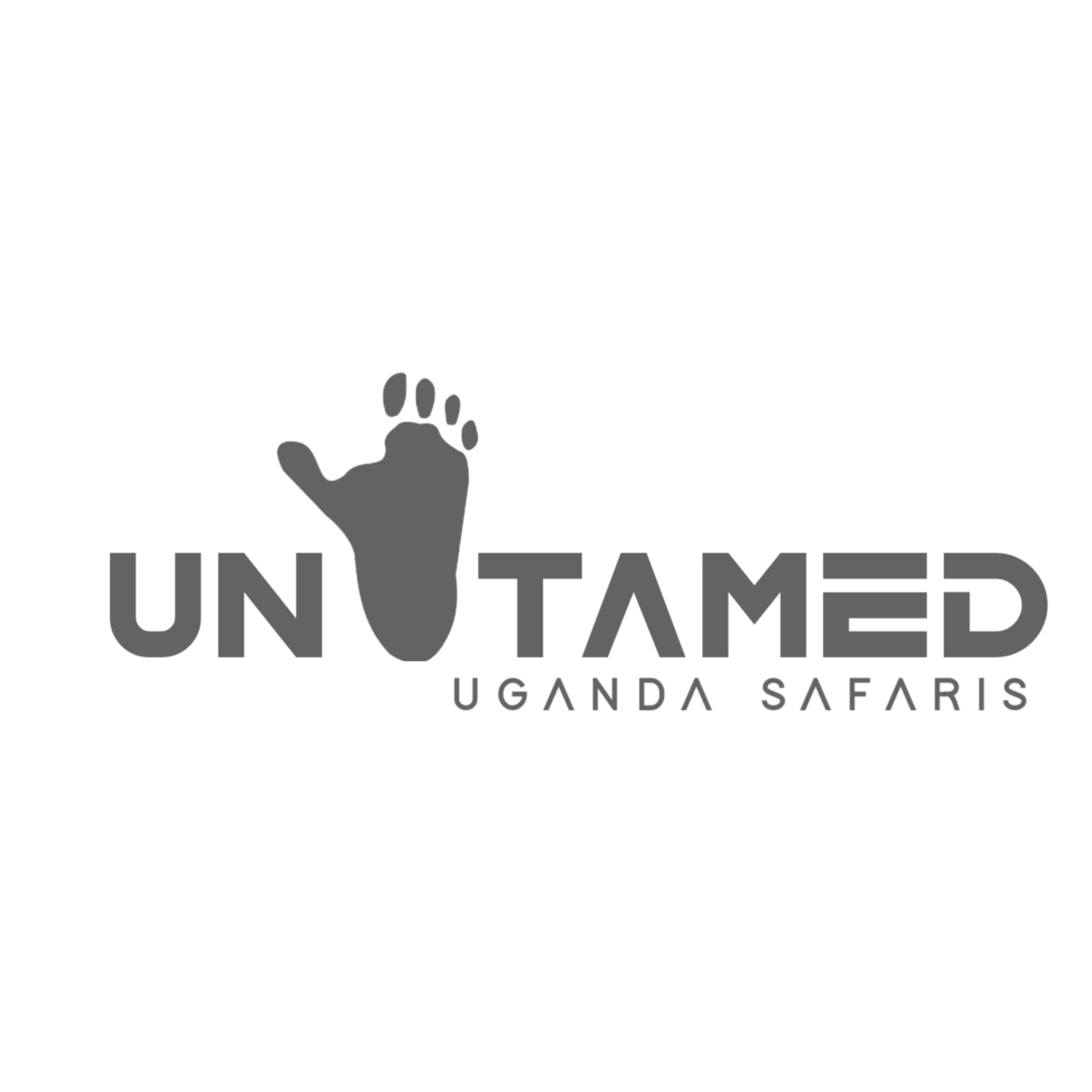A Hiking Guide to Rwenzori Mountain Ranges; The UNESCO-listed Rwenzori Mountain ranges, also known as the Mountains of the Moon, lie along Uganda’s western frontier and are Africa’s highest ranges, rising to 5109m on Margherita Peak upon Mt. Stanley. Locally referred to as Rwenzururu, or rainmaker, by the local Bakonzo that reside on its slopes, the Rwenzori Mountain ranges lie along the equator line, stretching 120 km long and 65 km wide, where its higher slopes are protected under Rwenzori National Park.
A hiking experience on the Rwenzori Mountain ranges is an ultimate mountaineering adventure where you explore not only a diversity of vegetational zones but also dramatic landscapes and scenery. Whereas it boasts similar afro-montane vegetation with other East African mountains, the Rwenzori Mountains are not a single mountain; but rather a series of ranges where its 6 peaks rise above 4000m and are exceeded only in Africa by the free-standing volcanic cones of Kilimanjaro and Mount Kenya. Rwenzori Mountain ranges offer challenging and technical climbs to their snowcapped and jagged peaks therefore requires above-average fitness and a good dose of stamina.
A Hiking Guide to Rwenzori Mountain Ranges
Highest Peaks on Rwenzori Mountain Ranges
- Mt. Stanley 5109 m on Margherita Peak
- Alexandra 5083 m
- Speke 4627 m
- Emin 4791 m
- Gessi 4715 m
- Luigi di Savoia 4627 m
Multi-Day Hiking Options on the Rwenzori Mountain Ranges
The Rwenzori Mountain Ranges offer a wide range of hiking options suitable for professional mountaineering experts and enthusiast hikers, from as short as one day to multi-day hikes to the summit. All these hiking options are offered exclusively through two hiking companies that begin from two trailheads of; Kilembe 14 km west of Kasese and Nyakalengyija 24 km northwest of Kasese town. All these professional companies operate small but comfortable camping huts that dot along the trails and have quality guides and porters to carry your rucksacks.
Here are popular hiking plans that can be personalised to your needs and available time.
- 4-Days Waterfalls Circuit (3430m)
- 5-Days Hiking to Weismann’s Peak (4620m)
- 8-Day Hike to Margherita Peak (5109m)
- 11-Days Hike to Weismann’s Peak (4620m)and Margherita (5109m)
Other shorter day hikes are offered through community camps near Nyakalengyija and Kazingo village north of Fort Portal town.
Frequently asked questions about hiking the Rwenzori Mountain Ranges
-
What is the best time to hike Rwenzori Mountains Ranges?
Towering up to 5109m the Rwenzori Mountain Ranges has a varied equatorial climate zone, but the best months to hike to several summits are the dry months of December to February and June to August.
-
What Insurance do i need and Fitness Requirement
Hiking the Rwenzori Mountains requires beyond-average fitness levels, so ample preparation of both body and mind is essential. The most common challenge is the altitude-related sickness that’s common above 3500m; therefore, seek your general practitioner’s (GP) advice for related or any other prescription recommendable. Also you must confirm the validity of your evacuation insurance coverage.
-
How long does it take to the summit at Margherita Peak at 5109 m?
Treks to the summit are tailored to your fitness levels, how many peaks you intend to summit, and your adventure appetite. Full summit treks range from 8 days (7 nights) to 11 days (10 nights).
-
What wildlife am i likely to encounter on the trek?
The most common wildlife encountered while on a hike in the Rwenzori Mountain Ranges is the Rwenzori Red Duiker (Cephalophus rubidus), a localized endemic to these ranges and encountered along the Hagenia woodland and bamboo zones. Other wildlife include Blue Monkey, Red-tailed and Guereza Monkeys. In luck you might encounter Chimps and Angola Colobus along the tropical forest zone. Elephant and buffalo also occur. Rwenzori mountain ranges also lie within Albertine Rift known for its endemic birds including the alpine moorland restricted Scarlet-tufted Sunbird often found in Giant Loberia and Senecio flowers.
-
What is included in the hiking price?
The overall hiking cost for a Rwenzori mountain trekking tour is determined by the duration of the adventure featuring in all park entry fees, guides, porters, chefs and hired equipments like snow axes. Your tour handler will also include local taxes, accomodation on first and last day, transport to and from the trailhead.
-
Where to stay
To hike the Rwenzori mountains one is required to stay up-close to a designated trailhead to enable early start. The Trailheads of Kilembe and Nyakalengyija are served by a wide range of accommodation suitable for all comfort and styles while other quality facilities lie within Kasese and Fort portal towns. The nearby Queen Elizabeth NP has abundant accommodations also serve as the perfect base for trekkers.
Packing essentials for the Rwenzori Mountain hiking adventure
- Warm long-sleeved shirts and trousers It gets chilly on these mountains, especially in the evenings.
- Mountain boots are essential, at least the ones you have actually used before.
- Any prescribed medication
- Chocolate/sugar bars or any of your favorite dried foods are essential for the energy boost while on the trek
- Waterproof jackets and trousers
- Thermal gloves
- Thermal underwear
- Wattle bottle
- Have some plastic bags to store wet clothing
- Sunglasses, but preferably snow goggles
- Wool hat
- Sun scream
- Head torch and spare batteries
- Several pairs of warm socks
- A pair of crampons is required for the summit of Margherita Peak
- At least 2 pairs of gloves, one with a thin layer and waterproof outer gloves
- Rubber boots, ice axes, and harnesses will be available for hire from the operator’s office.
Finally, make sure you have a soft bag or rucksack large enough for your personal gear carried by your porter. And have a daypack big enough for your phone, daily drinking water, lunch box, wet weather clothing, and fleece jacket.
